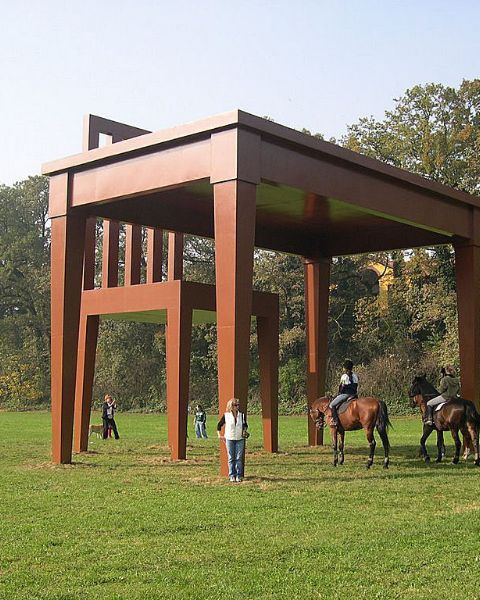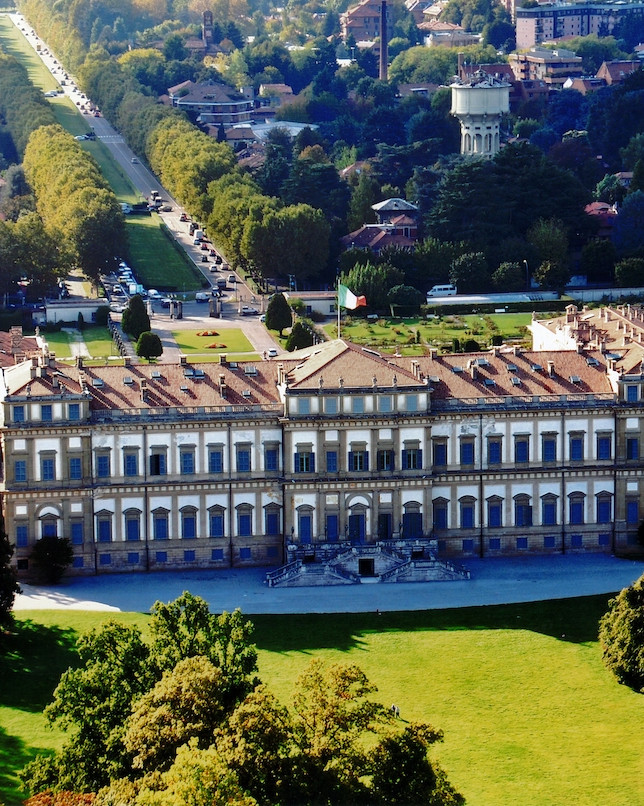The Park of Monza
Environment
The Monza racetrack, few people know, is immersed in the Monza Park , which in turn is part of the Villa Reale complex. A naturalistic jewel of inestimable value, which has nothing to envy to the most famous palaces of Versailles and Caserta and which deserves to be discovered and known. This is why the Monza National Circuit has been committed to the environmental protection of the Park for years.

Monza Park and Villa Reale
Monza Park is one of the largest enclosed parks in Europe . Its extension, in fact, reaches 700 hectares, almost three times more than that of the Palace of Versailles.
The first evidence of the establishment of the Park dates back to 1805 and was commissioned by Eugenio di Beauharnais, stepson of Napoleon and viceroy of the Kingdom of Italy. On 14 September of the same year an imperial decree was issued for its construction in the Monza area, with the aim of making it a model, agricultural and hunting estate.
The structuring of the vast agricultural and wooded territory has given life to an unprecedented Park, still today, unique in its kind. The works were enormous, from the adaptation and transformation of the farmhouses and the important architectures of existing villas , to the construction and reorganization of wide straight tree- lined avenues , from the modeling of the land to the adaptation of the water system to the new needs. The Monza Park, in fact, holds 11 farmhouses, 1 pheasant, 3 mills, 1 pavilion and 1 menagerie.
In the last decade, following some interventions to make the racetrack track safe, the Lombardy Region, in collaboration with the interested Municipalities, with the Lambro Valley Park and with the Superintendency of Monuments of Milan, has point and funded a three-year program of extraordinary interventions for the redevelopment of the Park and the structures it contains. The plan includes, among other things, the rehabilitation of the woods, the restoration of the historic villas and farmhouses, and the improvement of the use of the Park. Over the years, in fact, this historic place has been recognized as a space capable of satisfying the most diverse sporting, cultural and artistic needs.
In the park it is possible to walk, either on foot or by bicycle , but also to attend and participate in sporting events , concerts , cultural events . In addition, it houses two permanent installations (Aviary for Humans and The Writer).
Useful information about the Monza Park
There are three main entrances to the Park:
- Viale Cesare Battisti in Monza;
- via S. Stefano in Vedano al Lambro;
- via Farina in Villasanta.
All three have private parking.
Winter opening hours: 7-19
Summer opening hours: 7 am – 9.30 pm
To facilitate the use of the Monza Park and allow you to discover all its beauties and secrets, thematic itineraries have been organized, paths through history, nature and culture:
- The Reggia goes on stage;
- Two steps in history;
- Along the Lambro river;
- The green giants;
- On the paths of the gnomes;
- On the paths of knights and witches;
- From the king’s hunts to the temple of speed;
- The Monza of the Savoy.
More detailed information on the Monza Park can be found on the official website .
Autodrome and environment: ISO 14001: 2015 certification
The fastest circuit in Italy confirms a particular attention to the environmental management of its activities. Autodromo Nazionale Monza SIAS SpA, in fact, has received the renewal of the certification of compliance with the ISO 14001: 2015 standard of the environmental management system , issued by the company RINA Services, which is a member of IQNet, the main international network for the certification of management systems. for quality, environment and safety. The first issue of the certificate of conformity to the ISO 14001 standard at the Monza racetrack dates back to July 1998 . For the following years the certificate has always been confirmed.
The analysis of the internal processes of the circuit and of its stakeholders has made it possible to minimize risks and improve the environmental performance of the circuit, increasing the efficiency in the use of resources, reducing energy consumption and rationalizing waste disposal. An important milestone that demonstrates the concrete commitment of the company in limiting the impacts on the neighboring environment.






